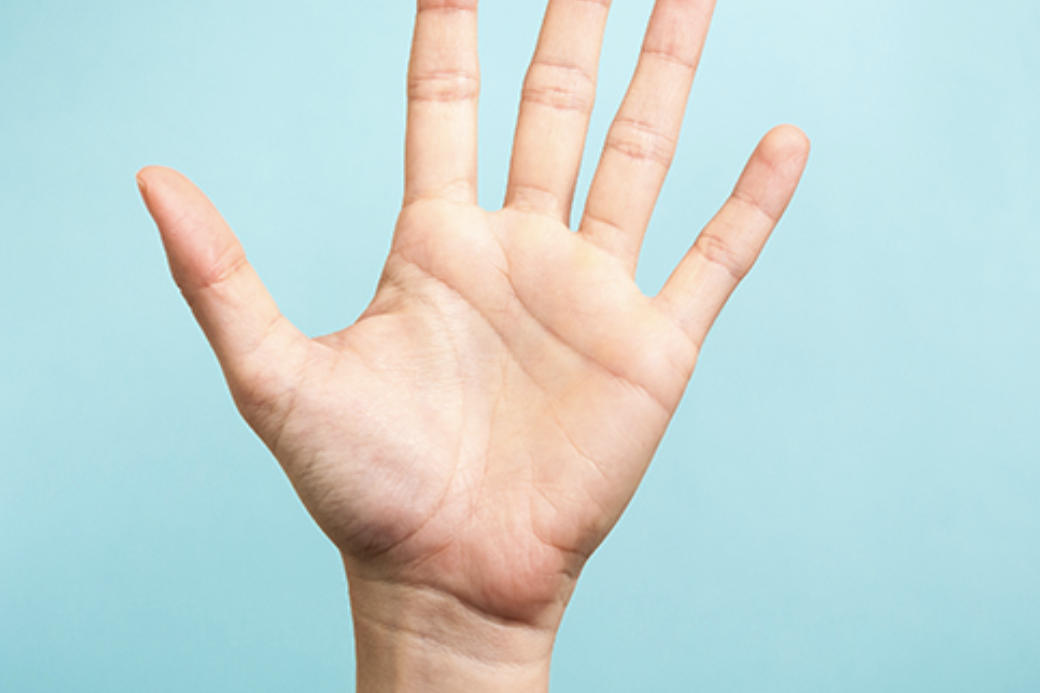News
20 June, 2025
Putting a finger on your fitness
A QUICK glance at your fingers could offer surprising insight into your endurance fitness, thanks to new research linking finger length to marathon potential.

A joint study from the University of South Australia and the University of North Dakota has found that a longer ring finger compared to the index finger – known as a lower digit ratio – is a biomarker for cardiorespiratory fitness, specifically exercise tolerance and endurance performance.
Drawing on a meta-analysis of 22 international studies involving more than 5000 participants across 12 countries, the research suggests that those with lower digit ratios may have a natural edge in endurance sports such as marathons and long-distance cycling.
Bethany Gower, a PhD candidate at UniSA, said the findings could be a valuable tool for identifying talent in endurance disciplines.
“Measuring and comparing finger lengths might seem like a novelty, but it’s actually a biologically sound method for identifying muscle strength and now, endurance performance,” Ms Gower said. “People with lower digit ratios are more likely to tolerate high-intensity exercise for longer, making them naturally suited to long-duration activities.”
The study is the first of its kind to comprehensively link digit ratios with exercise tolerance – how long a person can perform an activity before fatigue – and sustained aerobic output.
Professor Grant Tomkinson said digit ratios are set in the womb and linked to testosterone exposure during early development.
“This prenatal hormone exposure may help ‘charge’ the body’s endocrine system, triggering stronger responses to intense physical activity later in life,” he said.
As elite athletes prepare for the Tour de France and the TCS Sydney Marathon, the findings add an intriguing layer to the science of performance.
And for everyday runners? The answer might be right at your fingertips.

